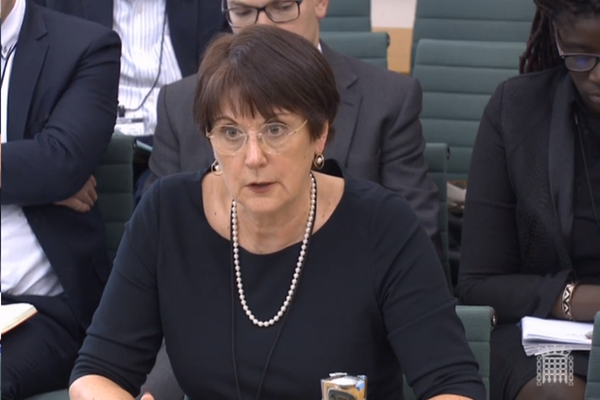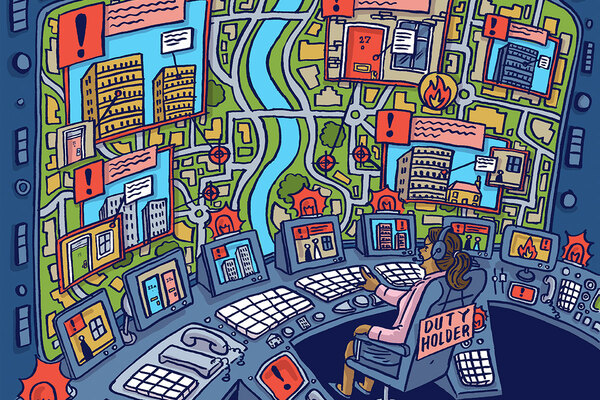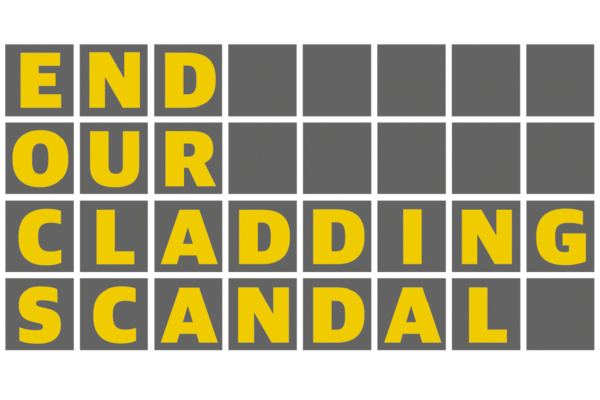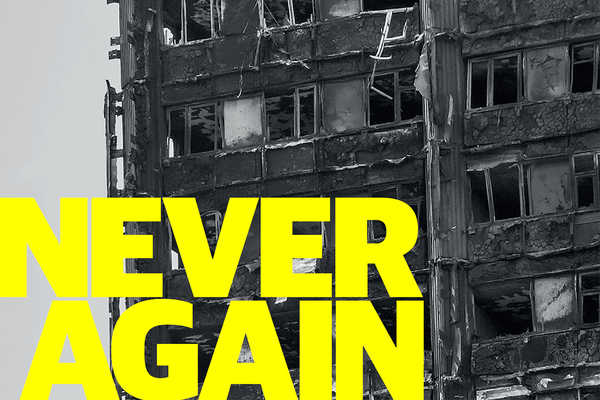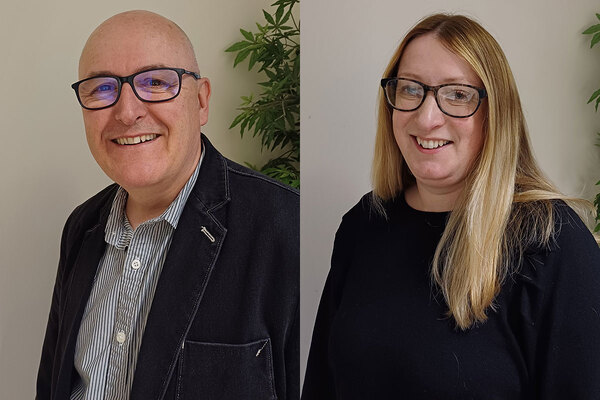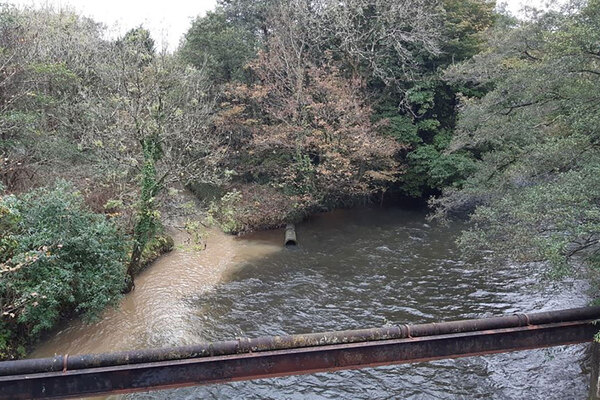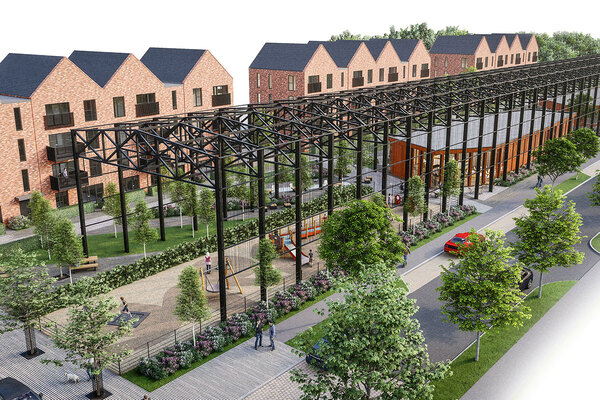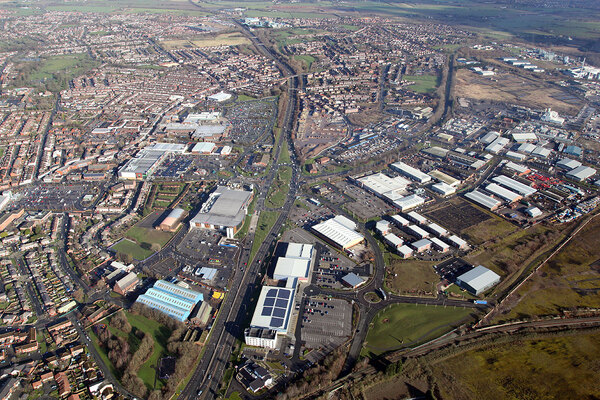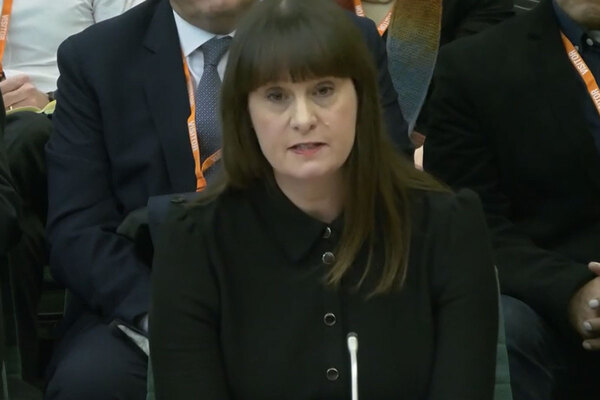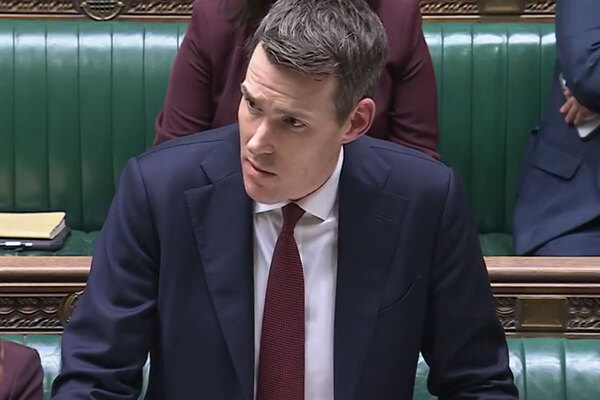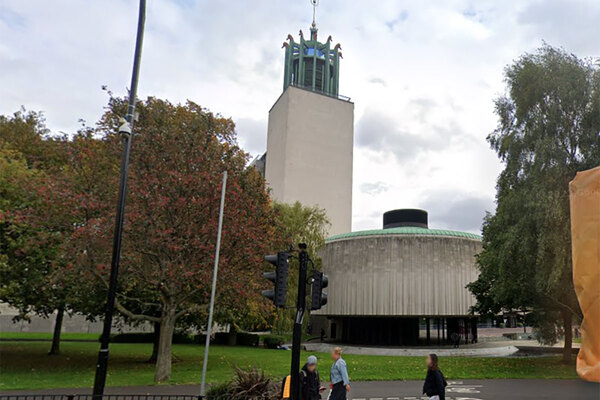You are viewing 1 of your 1 free articles
Revealed: spike in self-referrals to regulator after Grenfell fire
There was a dramatic spike in the number of housing associations referring themselves to the regulator in the months following the Grenfell Tower fire, new analysis from Inside Housing can reveal.
Figures obtained by the magazine under the Freedom of Information Act show that in the two weeks following the blaze on 14 June 2017, 19 providers referred themselves to the Regulator of Social Housing.
This accounted for almost two-thirds of the 30 providers that referred themselves across the entire quarter, showing a significant increase after the disaster, which killed 72 people.
In the three months after that, 31 providers referred themselves to the English regulator, a figure some way above the average for a three-month period.
The average for a quarter across the two years before Grenfell was just 11 referrals every three months.
Jonathan Walters, deputy director of strategy and performance at the Regulator of Social Housing, told Inside Housing that the majority of these requests were due to fire safety enquiries regarding their buildings.
He said: “A lot of it was people talking to us about ACM [aluminium composite material] cladding on their blocks. A lot of people wanted to make sure they were talking to the regulator about issues.
“People were responding to the Grenfell situation and just asking us for advice like, ‘What do we do now, given the different context?’”
The months immediately after Grenfell saw social landlords sending in samples of their cladding for testing by what was at the time the Department for Communities and Local Government.
Where those tests showed that the cladding was made from the same material that was used on Grenfell, some landlords, according to Mr Walters, were asking the regulator whether this meant they were in breach of regulatory standards.
Mr Walters said it did not. He explained: “We are not the building safety regulator. We’re not stepping into that space and saying, ‘This type of system is safe, this type of system is not safe.’
“What we’re saying to providers is, they’ve got to make those decisions themselves. They’ve got to talk to the appropriate regulator or department or whoever holds that information. If you need to take steps to ensure that people are safe, that’s what you need to do.”
A year after the fire, the former chair of the English regulator, Julian Ashby, said that the organisation was “constrained” in its ability to investigate residents’ fire safety concerns by the direction of travel imposed by the government.
Mr Ashby conceded that “with hindsight” the regulator could have been “more aggressive” over health and safety.
Never Again campaign
Inside Housing has launched a campaign to improve fire safety following the Grenfell Tower fire
Never Again: campaign asks
Inside Housing is calling for immediate action to implement the learning from the Lakanal House fire, and a commitment to act – without delay – on learning from the Grenfell Tower tragedy as it becomes available.
LANDLORDS
- Take immediate action to check cladding and external panels on tower blocks and take prompt, appropriate action to remedy any problems
- Update risk assessments using an appropriate, qualified expert.
- Commit to renewing assessments annually and after major repair or cladding work is carried out
- Review and update evacuation policies and ‘stay put’ advice in light of risk assessments, and communicate clearly to residents
GOVERNMENT
- Provide urgent advice on the installation and upkeep of external insulation
- Update and clarify building regulations immediately – with a commitment to update if additional learning emerges at a later date from the Grenfell inquiry
- Fund the retrofitting of sprinkler systems in all tower blocks across the UK (except where there are specific structural reasons not to do so)
We will submit evidence from our research to the Grenfell public inquiry.
The inquiry should look at why opportunities to implement learning that could have prevented the fire were missed, in order to ensure similar opportunities are acted on in the future.


